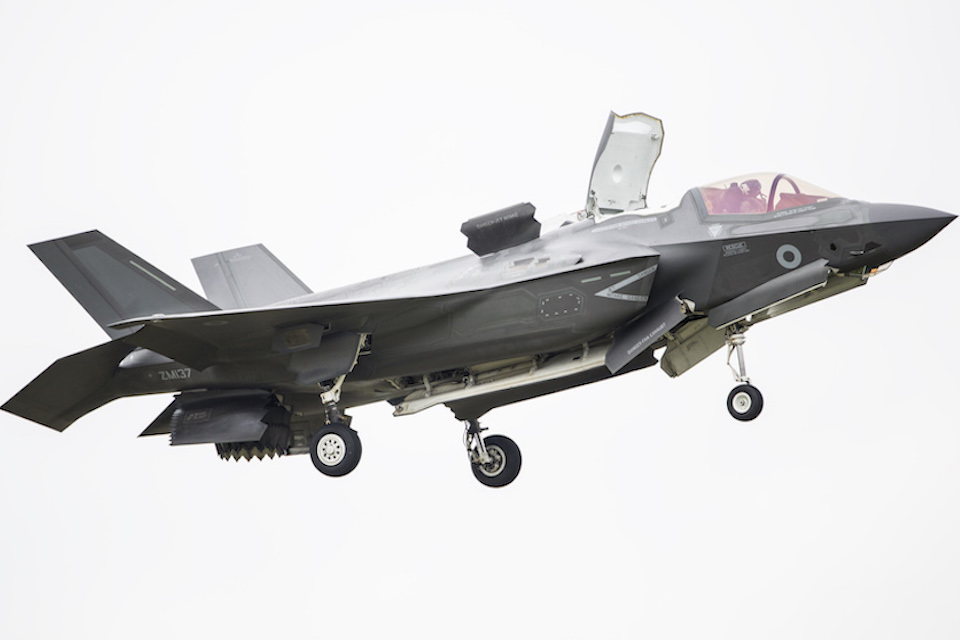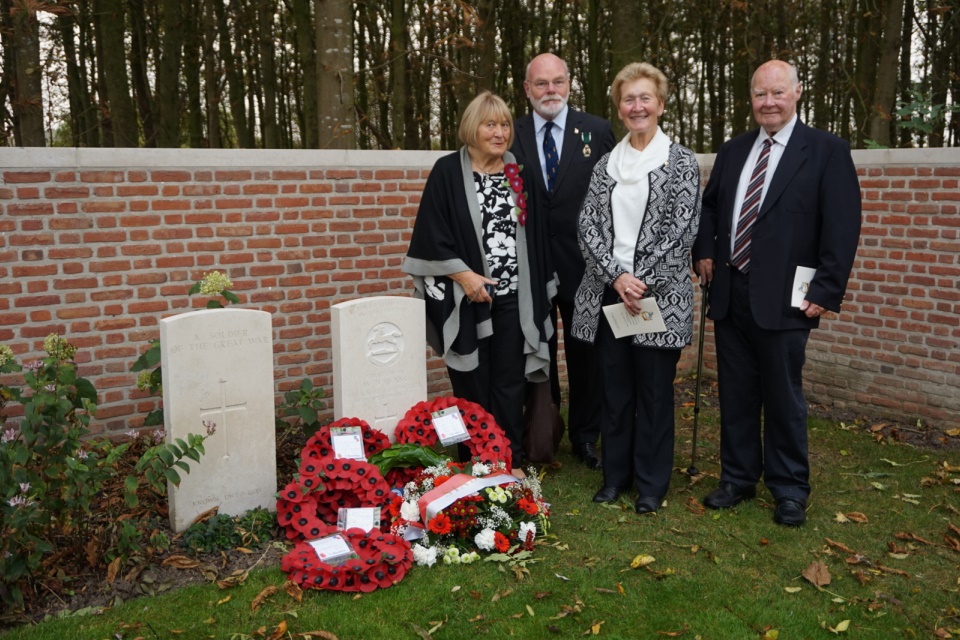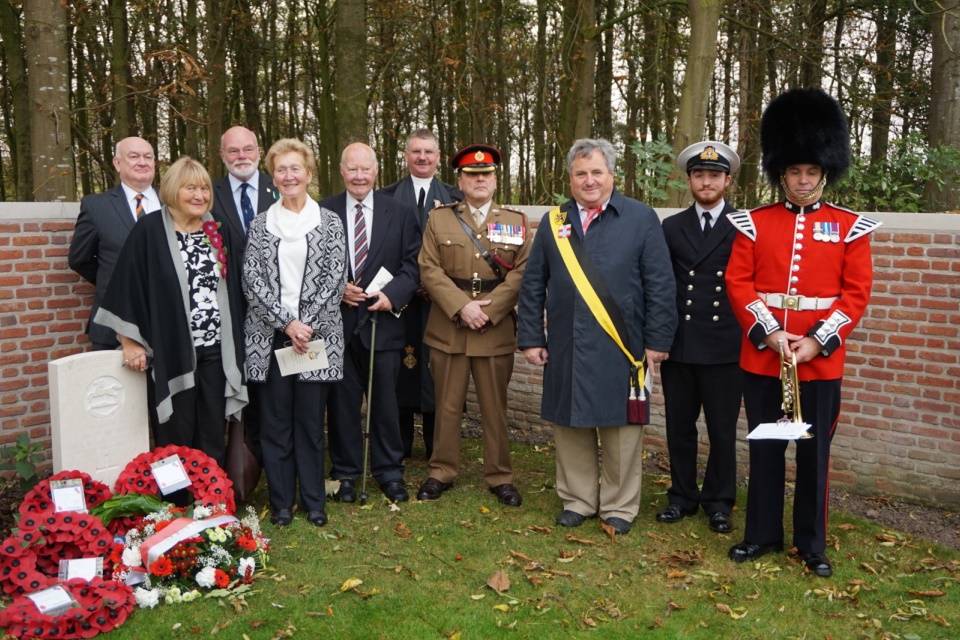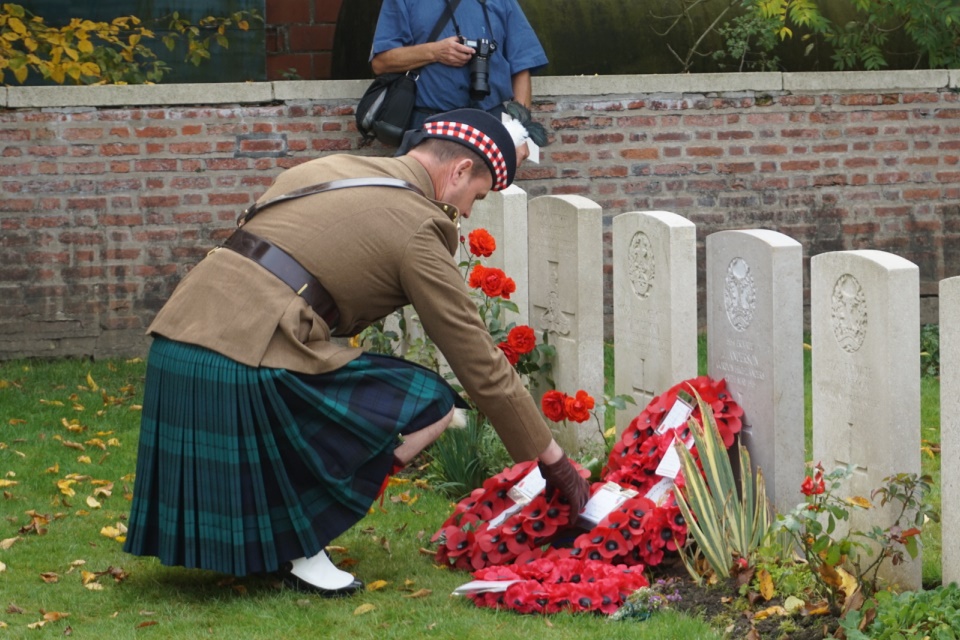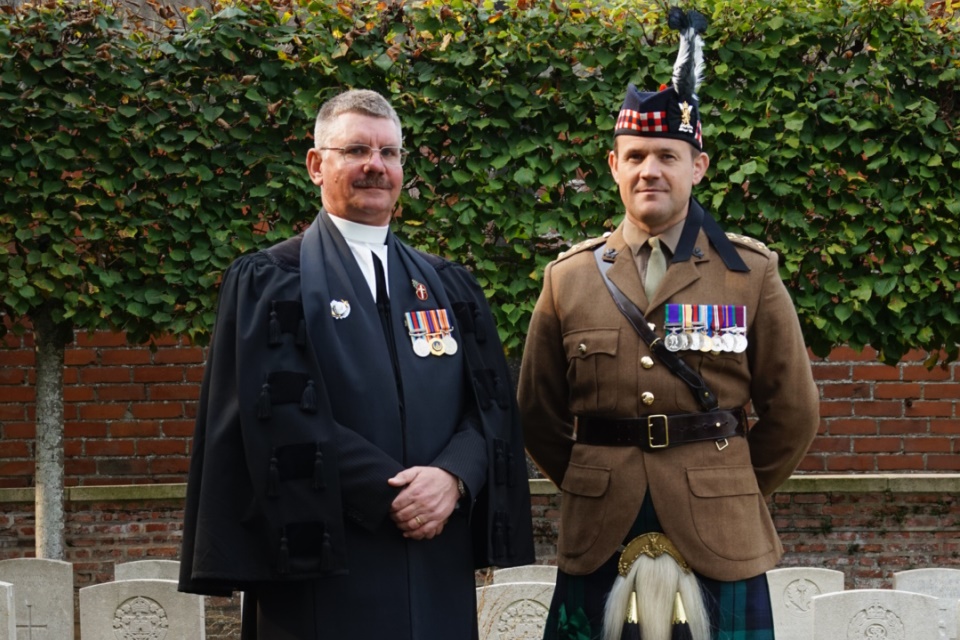News story: Defence Secretary welcomes liberation of Raqqah
Following on from the liberation of Mosul, this is a significant development in the fight against Daesh. The fall of the capital of their so-called caliphate is a devastating blow to the terrorist group.
Defence Secretary Sir Michael Fallon said:
With the fall of Raqqah, the head of the snake has been cut off and Daesh has lost its twin capitals in Iraq and now Syria. But the fight against Daesh’s reign of terror is not over. We will continue to hit the terrorists hard in both Syria and Iraq while supporting efforts to rebuild – only by defeating Daesh for good will we reduce the threat to us here at home.
The UK has been at the forefront of efforts to alleviate the humanitarian situation since 2012, working tirelessly with partners on the ground to deliver more than 660,000 lifesaving relief packages including blankets, clothing and hygiene kits in Raqqah alone. We will continue to work closely with our Coalition partners to ensure that Raqqah’s population will be able to return home safely as quickly as conditions allow.
Three years ago Daesh was almost at the gates of Baghdad, now it is failing but time and patience are still necessary to bring about their ultimate defeat. The UK is committed to maintaining the momentum and to keep up the pressure on the terrorists as the fight moves along the Euphrates River Valley towards the border with Iraq. The RAF and Coalition partners will continue to target Daesh in both Syria and Iraq, supporting local forces on the ground to decisively defeat our common enemy.
But despite military progress in Syria and Iraq, the threat posed by Daesh and their poisonous narrative remains substantial. Their continued ability to inspire attacks means that we must remain resolute in our work to defeat them in their branches worldwide and counter their propaganda.
The liberation of Raqqah, by non-Regime forces, has yet again proved that Assad can never be a partner against terrorism. This means a national political settlement that secures a transition to a government that can protect the rights of all Syrians, unite the country and end the conflict remains the only solution.

